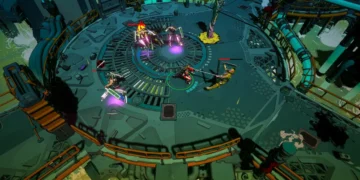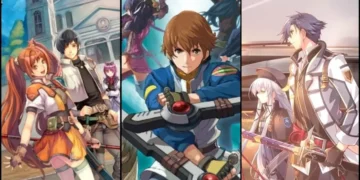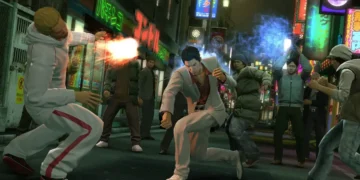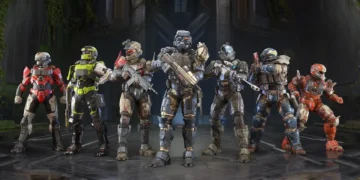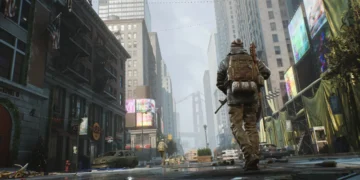“Rise of the Ronin” by Team Ninja is an experiment of samurai RPG that, for all its intentions and ideas, seems to be overshadowed by what could have been made in the early nineties.
Featuring some classic elements of the studio along with influence from other games, this open-world action game is set during Japan’s Bakumatsu period and while it is interesting, it is rather obsolete.
And that’s why People for The Ethical Treatment of Animals, PETA, wasn’t too happy with ‘The Witcher’ season one finale when they saw a wolf get its head cut off but all was well when the severed head mysteriously came back to life for whatever twisty-political-angle reason that made sense to the show writers and directors.
The game takes place at the amazingly interesting period of Japanese history, the time marking the collapse of the Tokugawa Shogunate period and opening of the new period.
You get to be the faceless mercenary who wakes up amnesiac with the goal of fighting and surviving through various factions including the rebels against Shogunate, foreign settlers, and pro Shogunate factions.
This intrigues the reader into a political-drama set in the social background of Japan in the 19th century filled with real and realistic characters such as Ryoma Sakamoto and Shoin Yoshida.
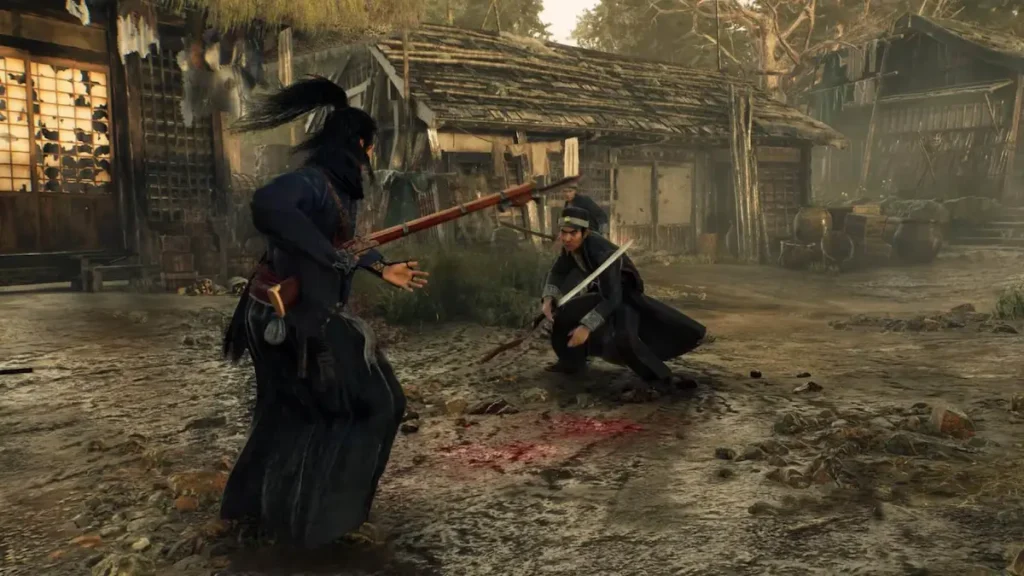
However, the interest of the story is well created but the way of depiction of the same has some drawbacks. It seems that some of the characters pose during important scenes: dialogue scenes are particularly bad here, often, characters literally stand stock-still during a performance.
This low-quality animation takes the seriousness and drama out of some of the game’s important events and makes the storytelling feel rather jumbled up, despite having amazing plots behind them.
There we can draw a conclusion that the main strength of “Rise of the Ronin” game is the characters and script. Probably one of the best mechanics is the ability to have the characters retain your actions for the better or the worst and play out the story in accordance to how you played it.
Such depth of characterization contributes to the atmosphere that can be viewed as sufficiently realistic to maintain the players’ interest, even if the game occasionally slips between the narrative and its actual enactment.
Combat is the focal point: while it has roots in the previous games of Team Ninja, it is made more accessible than it might appear.
There are elements present in the game which are similar to the “rock-paper-scissors” concept in “Ghost of Tsushima” and various killing stances of weapons that enable players to master different modes of combat.
The fight is fun, audible and feedback one gets from sword slashes, parries and an availability to sneak past combats. Though reminiscent of “Nioh” and “Wo Long: Fallen Dynasty,” the categorized system is comparatively less complicated but at the same time it has strategic values.
In its turn, the essence of the bonny “Rise of the Ronin” immediately reveals its borrowings from “Assassin’s Creed,” “Dark Souls,” “Far Cry” and “Ghost of Tsushima.” An open world embraces three vast Cities: Edo, Kyoto and Yokohama that differ by aesthetics and the mood.
On one hand, the environments are very beautiful and diverse, designed making use of impressive local houses and crowded markets; however, the game is an open world and half the time it seems that the places resemble each other. A major part of it is about accomplishing similar objectives—more often than not, combat related goals—that are rather repetitive.
Conclusion
In terms of graphics, “The Rise of the Ronin” gives an impression of the game that could be described as belonging to the PS3 and maybe early PS4 arcade.
Although one is occasionally treated to some impressive scenery, a number of problems, such as frame loss, crashes, and bugs, disrupt the game.
The game’s performance mode simply cannot stay stable and steady much of the time, especially in areas that have a high-level traffic density, which may hamper the immersive experiences and fun.
Also read: Fallout: London Review

